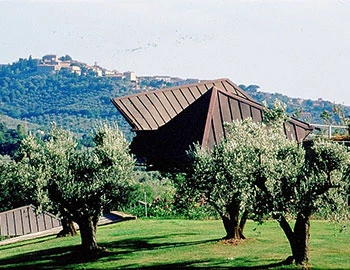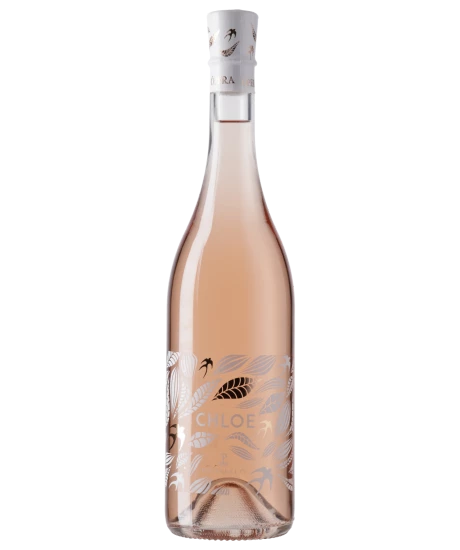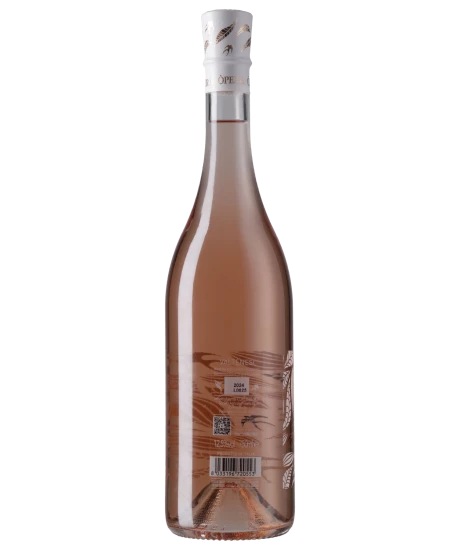Chloe Rosé (Ex Sant'Emiliano) 2024
Valtenesi DOC, Azienda Agricola Pratello, 750 ml

Lake Garda feeling in a glass
- Pratello – five generations of passion for wine. An elegant rosé made from Gropello, Barbera and Sangiovese grapes – typical of Lake Garda.
- Wild berries on the nose, cherry on the palate – juicy, silky, super smooth.
- A real all-rounder – goes well with antipasti, salads, pizza or simply on its own.
Description
Five generations of passion for wine and sustainable agriculture – that's what the Pratello family stands for. This rosé brings La Dolce Vita directly to you: An elegant cuvée of Gropello, Barbera and Sangiovese, typical of the region around Lake Garda. Finely structured, with a seductive aroma of wild berries and a hint of juicy cherry on the palate. Aromatic, smooth and light – like a touch of silk. Whether as an accompaniment to a meal or on its own on the terrace, this rosé makes every moment a little more beautiful.
Attributes
| Grape variety: | Gropello, Sangiovese, Barbera |
| Producer: | Azienda Agricola Pratello |
| Origin: | Italy / Lombardia |
| Label: | Vegan |
| Ripening potential: | 1 to 4 years |
| Drinking temperature: | 10 to 12 °C |
| Food Pairing: | Apéro pastries, Vegetable dip, Salad with vegetables, pulses, pasta, Pizza or Flammkuchen, Vegetable cous-cous, Seafood salad |
| Vinification: | short must fermentation, fermentation at low temperatures |
| Harvest: | hand-picking |
| Maturation: | in steel tank |
| Bottling: | filtration |
| Volume: | 12.5 % |
| Note: | Contains sulphites |
Azienda Agricola Pratello
In Padenghe sul Garda, a small medieval village at the south-western end of Lake Garda, lies the traditional but also progressive Azienda Agricola Pratello.
Vincenzo Bertola directs this agricultural estate, which comprises a total of 100 hectares. 45 hectares of which are planted with vines. In addition, olives, cereals, vegetables and fruit are also grown. Forests and pasture land, on which an Alpaca herd frolics, form part of this estate. The soil, mainly moraine soil with some clay, is loose, stony and dates back to the glacial period. The climate is generally mild and is under the influence of the nearby lake.
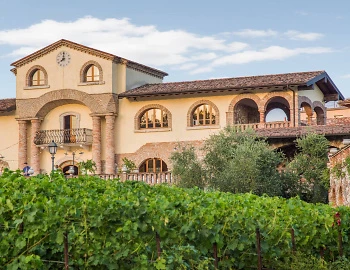
Barbera
The all-around culinary companion
The Barbera grape is one of the cornerstones of the Piedmont. It lends its name to three cultivation areas: Barbera d’Asti, Barbera d’Alba and Barbera di Monferrato. There are fierce rivalries. Thus the vintners of Asti assert that their Barbera is better than those from Alba, because the best sites in Alba are reserved for Barolo and Barberesco. The truth is, there are all kinds of Barbera: young and fruity, ripe and complex, simple or sophisticated. The best representatives are ruby red with pure, sweet cherry fruit, soft body and fresh acidity. They are fantastic culinary companions: there is scarcely any Italian dish with which they do not fit. The variety is well-distributed, thanks to the Italian emigrants in California.
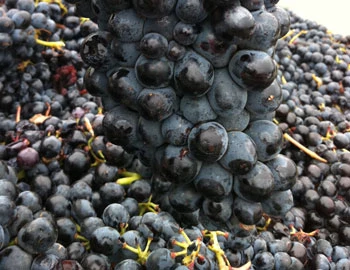
Sangiovese
Epitome of Tuscany
Chianti classico, Brunello di Montalcino, Vino nobile di Montepulciano: the Sangiovese is in each of the classic red wines from Tuscany. For a long time, it was assumed that its birthplace was here. After all, it appeared under various synonyms in Tuscan documents dating from 1600. But in 2004, researchers unveiled that one of its parents originated in Calabria in southern Italy. Today, it is the most planted variety in Italy. In addition to Tuscany, it fares well in Emilia-Romagna, Marche or Umbria. It is an exceptionally lovable wine: its aromas of cherry and plum, violets and spices are complemented by fresh acidity and a juicy texture. It wins people around both as cheerful, drinkable wines with pizza and pasta and as barrel-aged top class wines. Carried by Italian immigrants, it found its way to California and Argentina. However, it does not have the same reputation there.
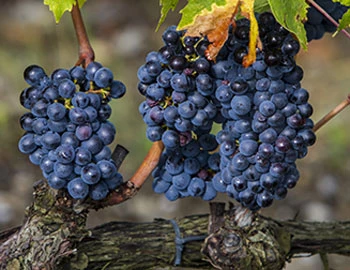
Gropello
Culinary delight
The designation Groppello derives from the dialect term "Gropo," which means "knot." This name alludes to the appearance of the grapes. It is applied to various vine varieties which bear such knotty grapes, and therefore it does not make sense to talk about a particular Groppello variety.
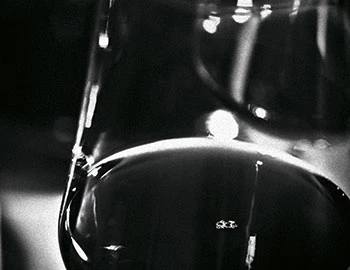
Italy
Italy – Where wine is a way of life
The Italian wine regions are extremely diverse, and this is made clear in their wines. Established varieties such as Merlot, Syrah, and Sauvignon can be found on just 15 percent of the total vine growing area. The remaining 85 percent is reserved for autochthonous, indigenous varieties. More than 2,000 different grape varieties are grown under diverse conditions and pressed with various techniques into wines that reach the top tier of the international wine market.
